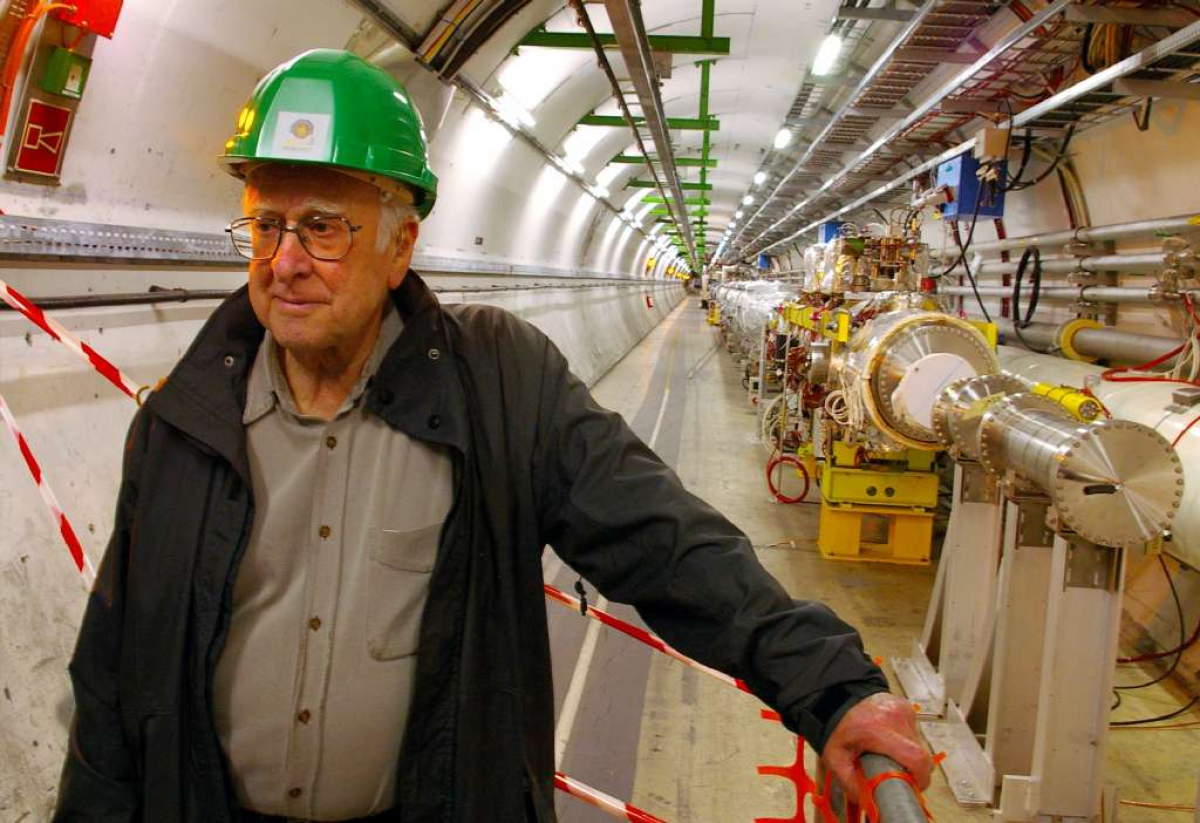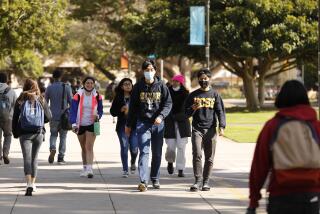Nobel Prize predictions: Higgs boson, exoplanets could yield winners

It’s a favorite parlor game for science geeks: predicting who will win the Nobel Prizes.
For guidance, you can look to the winners of the Lasker Awards for medical research, or the Shaw Prizes for astronomy and life sciences. Recipients of the John Bates Clark Medal are considered front-runners for the economics prize. (If you want to know who probably won’t win, peruse the list of Ig Nobel laureates.)
Analysts at Thomson Reuters have another strategy. They look for people they call “Citation Laureates” – the scientists who are so expert in their field that their research papers are among those most frequently cited by their peers. And by “most frequently cited,” we’re talking the top 0.1%.
How do they get into that top tier? “Not only do Citation Laureates have stratospheric citation totals, they also typically write multiple high-impact reports, and do so over many years,” writes David Pendlebury, a former Thomson Reuters manager who now consults with the firm on bibliometric analysis.
But that’s just a starting point. The analysts then consider other metrics, such as citations per paper. Those with CPPs that are well above the average for their field get a close look. The candidates who make it this far are then vetted a little more subjectively, as the analysts consider whether the scientists’ work is in a field the Nobel committees are likely to recognize, Pendlebury writes.
The Thomson Reuters team has an impressive track record – since they began making predictions in 2002, they’ve identified 27 people who went on to win a Nobel in a scientific field, including all nine winners in 2011. Looked at another way, the method has led the analysts to predict 15 of the 44 prizes handed out over the last 11 years.
Will they be right again this year? We won’t know until the prizes are announced (the first winners will be named Oct. 7). In the meantime, here are the predictions, with three possible winners for each prize:
Nobel Prize in physiology or medicine
The first group of candidates made “fundamental discoveries concerning DNA methylation and gene expression.” That’s the mechanism that turns genes on and off so that cells can develop into specific tissues. The scientists in this group are Adrian Bird of the University of Edinburgh and Howard Cedar and Aharon Razin from the Hebrew University of Jerusalem.
A second group might be recognized “for elucidating the molecular mechanisms and physiological function of autophagy,” the process the body uses to break down and destroy cells that are no longer useful. These winners would include Daniel Klionsky from the University of Michigan, Noboru Mizushima from the University of Tokyo, and Yoshinori Ohsumi from the Tokyo Institute of Technology.
A final contender in this category is Dr. Dennis Slamon, a UCLA oncologist who identified the HER-2/neu oncogene. In one-quarter to one-third of breast cancer patients, the HER-2 gene makes tumors more aggressive. Slamon realized that the gene was also a perfect target for a cancer drug. The resulting drug is Herceptin.
Nobel Prize in physics
One of the favorites in this category – and a likely emotional favorite for many people who have been following the search for the Higgs boson – is Peter Higgs, who is projected to be a co-winner with Francois Englert. The two men predicted the existence of the subatomic particle, which is thought to be associated with an energy field that imparts mass to particles. Experiments at the Large Hadron Collider outside Geneva have all but confirmed the existence of the Higgs boson.
Another contender in this category is a trio of scientists who have searched for – and found – planets orbiting other stars. NASA’s Kepler space telescope has identified more than 3,500 candidate exoplanets, but it started with Michael Mayor of the University of Geneva and Didier Queloz of the University of Cambridge. They are credited with finding 51 Pegasi b, the first known planet outside of our solar system. UC Berkeley astronomer Geoffrey Marcy followed in their footsteps, confirming the existence of 51 Pegasi b and adding many more firsts to the exoplanet roster. Among them was the discovery of the first multiple-planet system involving a star other than our sun.
The third candidate for the physics prize is Hideo Hosono, director of the Materials Research Center for Element Strategy at the Tokyo Institute of Technology, “for his discovery of iron-based superconductors,” according to the Thomson Reuters analysts.
Nobel Prize in chemistry
What’s trendier in science these days than nanotechnology? Almost nothing, except perhaps DNA. So it comes as little surprise that Thomson Reuters has named a trio of chemists for their work on DNA nanotechnology. This is a field that uses nucleic acids to build teeny-tiny structures and machines, not to encode genetic information. The scientists whose work might be honored are A. Paul Alivisatos from UC Berkeley, Chad Mirkin from Northwestern University and Nadrian Seeman from New York University.
Another approach to building small substances is something called modular click chemistry. It involves taking smaller units and joining them together into bigger structures using a variety of chemical reactions. Valery Fokin and K. Barry Sharpless from the Scripps Research Institute in La Jolla and M.G. Finn from Georgia Tech could win for their work in this area.
How do we know which chemicals may cause cancer? By putting them in a lab dish with a particular strain of the Salmonella typhimurium bacterium. Under normal laboratory conditions, this strain of Salmonella can’t make a particular amino acid. But if the chemical is able to prompt changes in the bacterium’s DNA, the amino acid will appear in the lab dish. If the chemical can cause mutations in Salmonella’s DNA, the thinking goes, it may also be able to cause cancer. This is what’s known as the Ames test, and its inventor, Bruce Ames of UC Berkeley and Children’s Hospital Oakland Research Institute, is a Nobel contender.
Nobel Prize in economic sciences
This award may be shared by three economists who study labor markets, the value of education, social programs like Medicaid, immigration and other aspects of microeconomics. Joshua Angrist of MIT, David Card of UC Berkeley and Alan Krueger of Princeton could be honored for their work in these areas.
If you’ve never studied economics, you might be surprised by the amount and complexity of the math involved. Sir David Hendry of Oxford University, M. Hashem Pesaran of USC and University of Cambridge, and Peter C.B. Phillips of Yale are in the running for their work on forecasting, modeling and other uses of data.
Someone from the University of Chicago is always in the running for an economics Nobel. This year, Thomson Reuters flags Sam Peltzman of the University of Chicago Booth School of Business and Judge Richard Posner of the 7th Circuit Court of Appeals in Chicago (who is also a senior lecturer at the University of Chicago School of Law) as possible winners for their work on the economic effects of regulation.
If you’re interested in top-notch science, you’re interested in the things I write about. Follow me on Twitter, and like Los Angeles Times Science & Health on Facebook.
ALSO:
Lasker Award: Cochlear implant pioneers took on ‘impossible’ task
Ig Nobel Prizes: Why onions make you cry and Enya is bad in the O.R.
Return to Science Now.







